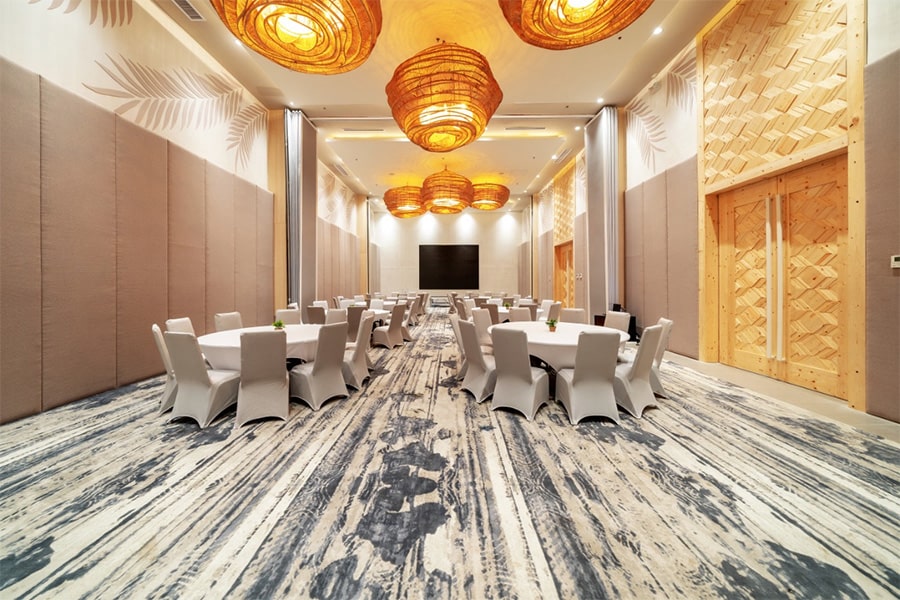Creating a business room salon that is both functional and stylish requires a careful balance of aesthetics, comfort, and practicality. The design of such a space should reflect a professional atmosphere while also being inviting enough to foster creativity and collaboration. At the heart of this transformation lies the understanding that a well-designed environment can significantly enhance productivity and overall employee satisfaction. The layout of the business salon is crucial. Open spaces with flexible seating arrangements allow for spontaneous discussions and collaborative work, while designated quiet areas can cater to focused tasks. Modular furniture offers versatility, enabling easy reconfiguration based on the needs of the moment. For example, lightweight tables and chairs can be moved to create a cozy meeting area or pushed aside for larger group activities. This adaptability promotes a dynamic workspace that evolves with the changing demands of the business. Incorporating technology seamlessly into the design enhances functionality.

Power outlets and charging stations should be easily accessible, ensuring that devices remain charged and ready for use. Integrated audio-visual systems allow for smooth presentations and virtual meetings, while high-speed internet is essential for today’s fast-paced work environment. These technological amenities must be subtly woven into the design to maintain the salon’s aesthetic appeal, avoiding clutter and distractions. Lighting plays a vital role in creating the right ambiance and click https://gangnam-fullssa.com/. Natural light should be maximized through large windows or skylights, as it not only boosts mood but also improves concentration. Supplementing natural light with adjustable LED fixtures allows for customization, enabling users to choose their preferred lighting based on the time of day or specific tasks. Incorporating warm light tones can create a cozy atmosphere, while cooler tones can enhance alertness during more intensive work periods. Color schemes and decor contribute significantly to the overall vibe of the space. Soft, neutral palettes can create a calming effect, while strategic pops of color through artwork or accent furniture can energize the environment.
Incorporating greenery, such as potted plants or living walls, adds a refreshing element and improves air quality, further enhancing the overall well-being of employees. Storage solutions must also be a priority in a business room salon. Clutter can quickly undermine a stylish design, so incorporating smart storage options like built-in shelving and cabinets can keep the space organized. Personal touches, such as employee achievements or team photographs, can be displayed within these storage solutions, creating a sense of community and belonging. In conclusion, a functional and stylish business room salon is not just about aesthetics; it is about creating a holistic environment that nurtures productivity, creativity, and collaboration. By focusing on layout, technology integration, lighting, color schemes, and smart storage, businesses can cultivate a space that reflects their values while meeting the practical needs of their teams.



